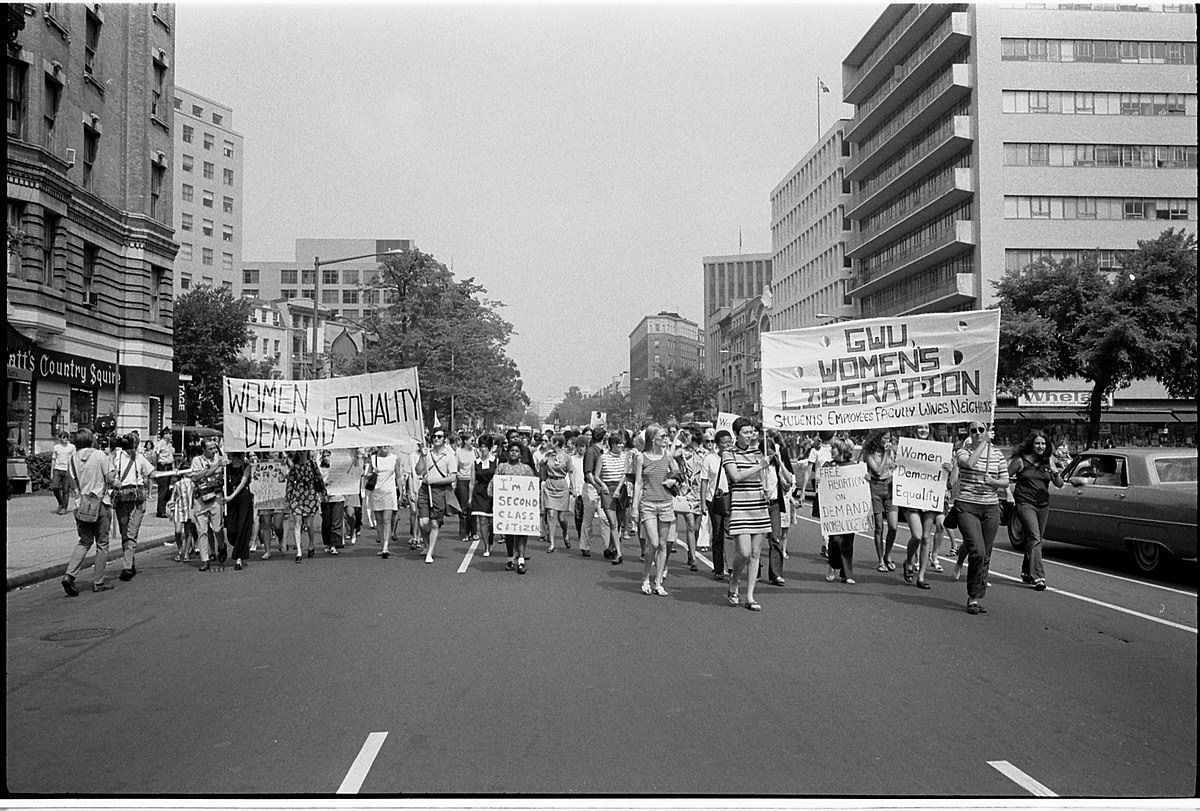[Editor’s note: We are thrilled to welcome Wendy O’Brien to Toronto Pursuits. Wendy is a philosopher and teacher whose wide-ranging interests have brought lively guided walks and museum visits to previous Toronto Pursuits programs. In 2019 she will lead a seminar on Simone de Beauvoir’s The Second Sex. It’s a unique opportunity for women and men alike to explore this major work and its impact on 20th- and 21st-century life.]
My first encounter with The Second Sex was in 1983. I was just starting university, and in my first philosophy course an excerpt from The Second Sex was included as an optional reading. The professor explained Beauvoir argued that “one is not born but becomes a woman” as she set out to elucidate how both external and internal factors figured into the creation of women as, well, as the second sex.
I opted not to read the selection. I didn’t need to. This was the ’80s. Women in the ’70s had explored these matters, taken up these fights. The issues were resolved. At 18, I couldn’t think what this work had to do with me.

Library of Congress
Five years later, now a young mother, I was given a second chance to read Beauvoir’s work as part of a graduate course in feminist philosophy. I remember getting to that point in the book where Beauvoir claimed that women could either be mothers or have careers and launching the book against the wall. What did she know? Women in my generation, we could have it all, could be it all. Oh, I was at the time trying to gain access to affordable daycare, but…..
It was 1997 before I’d pick up the book again. I was now a working mother with three children. When I got to that line about motherhood and careers that had so angered me, I was far more sympathetic than my 23-year-old self had been. I read to the end of the book. It seemed to me that not much had changed. Women were still fighting for the right to abortion, still seeking equal pay for equal work, still losing their power and position in society as they aged. How was it that women could still be the second sex? I had no answers.

It was not until that 2012 the first complete translation of The Second Sex was made available in English. The original translation of the work, undertaken in 1953 by H.M. Parshley, was missing about 15 percent of the original text. Moreover Parshley, who was a zoologist by training, mistranslated many of philosophical references in the text. It was an opportunity to return to this work once more. The new edition was more than a new translation: it was a whole new book. This time though, Beauvoir’s reflections on the relationship between self and other, between “us” and “them,” preoccupied me. Was she right? Was this distinction “as primordial as consciousness itself?” Were men and women destined to be opposed? Or was there hope for some kind of reciprocity or recognition between the sexes, as Beauvoir seemed to point towards in her discussion of love, friendship, and generosity at the end of the book?

Creative Commons
In 2019, now in my fifth decade, I’ll return to The Second Sex for the fifth time. It seems an apt time to revisit the book. This year marks the 70th anniversary of the publication of the text. And the world has witnessed dramatic changes in the past year. What would Beauvoir think of the rise of the Me Too movement? What might she have to say about society’s continued struggle for equal pay for equal work? What insights might she have to offer about the representation of women in social media?
Each time that I’ve read, or not read, this groundbreaking book, I’ve come away understanding more about myself and my time, even as I learned more about Beauvoir and her time. Having picked up the book for the first time over 35 years ago, I can’t wait to discover what this work has to teach me with this reading. I hope you’ll join me for The Second Sex 70 Years Later.
– Wendy


